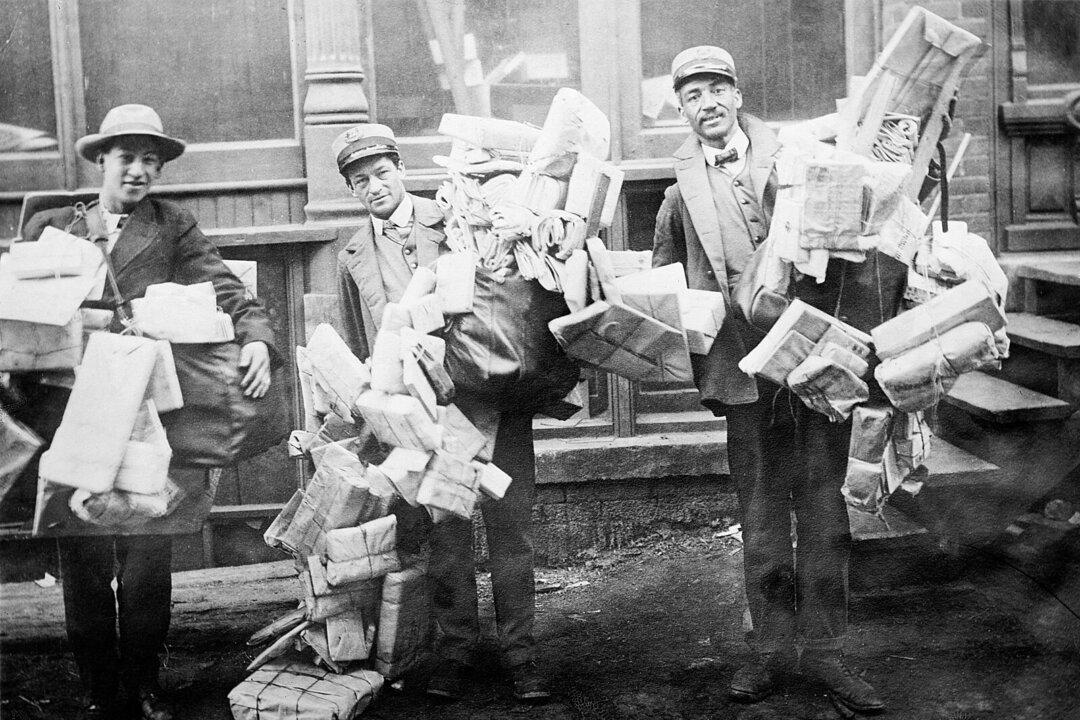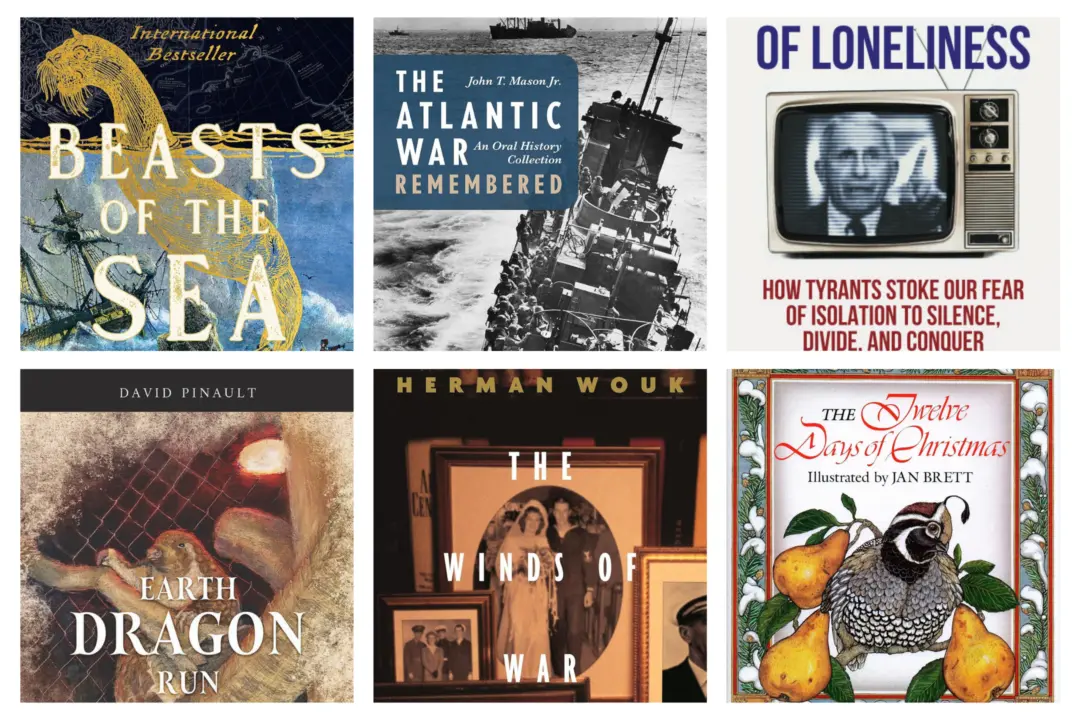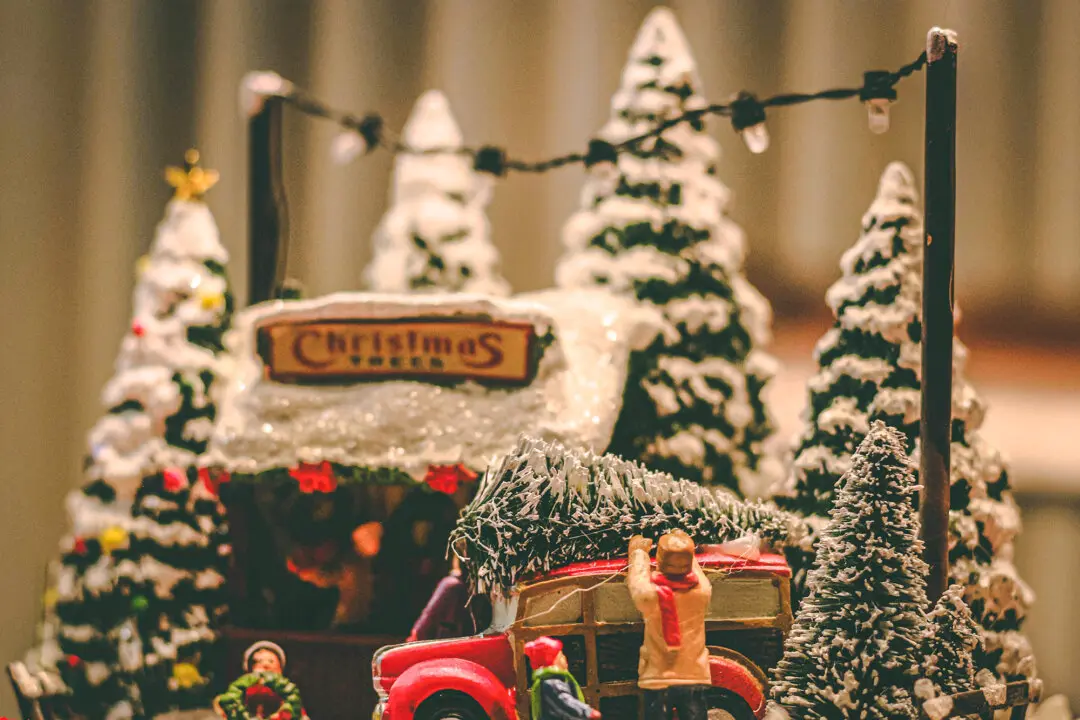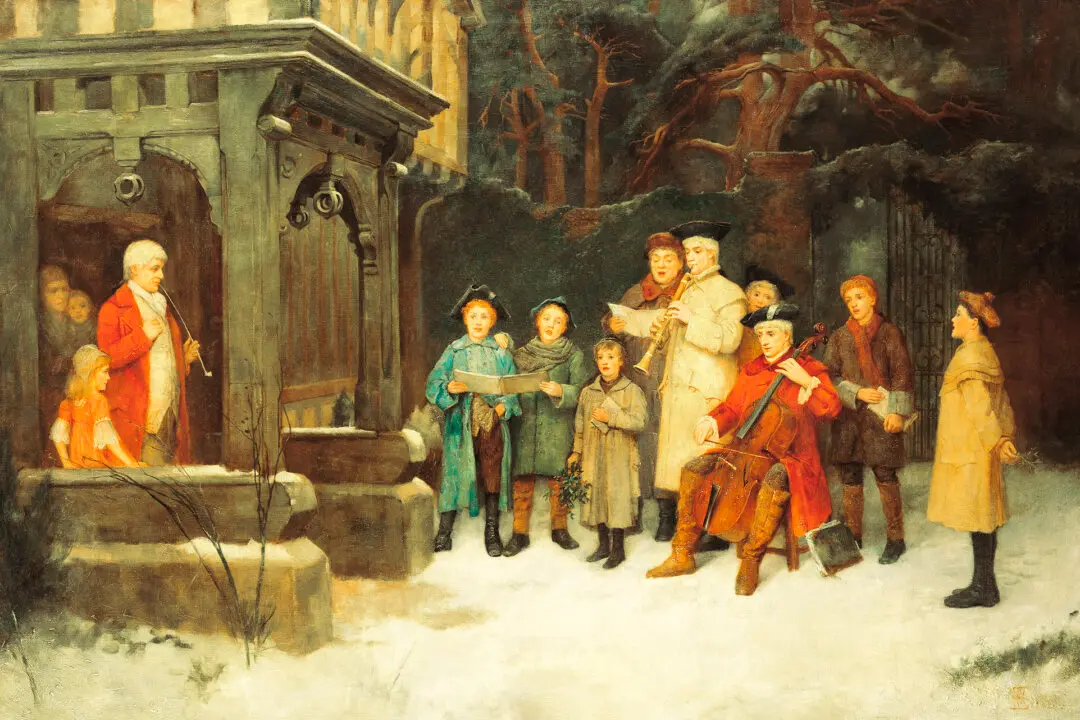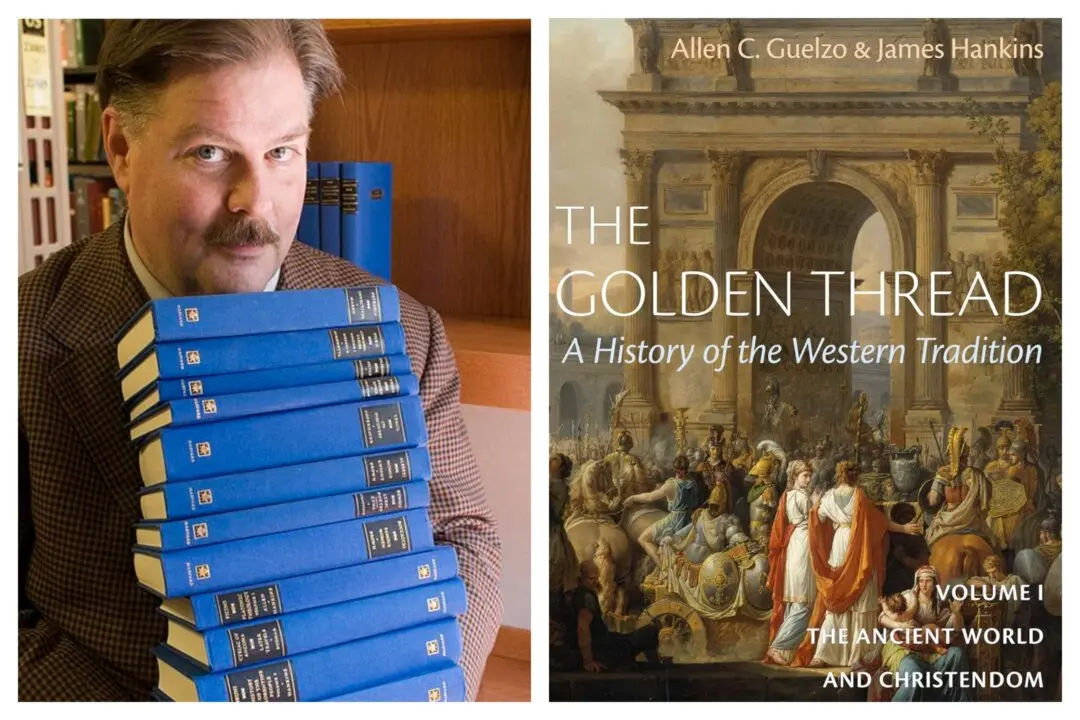Sometimes familiarity can blind us.
For many people, the Christmas season is the warm, fuzzy time in the darkest days of winter. Holiday decorations, mistletoe above a doorway, cards, presents under a glittering Fraser fir, the carols and songs playing 24/7 on the radio, Santa in the mall, office parties, the Salvation Army bell ringers, the good old classic movies on television, eggnog and candy canes, a family feast, midnight Mass or church services: all blend into the rich confection some call the Christmas spirit.

